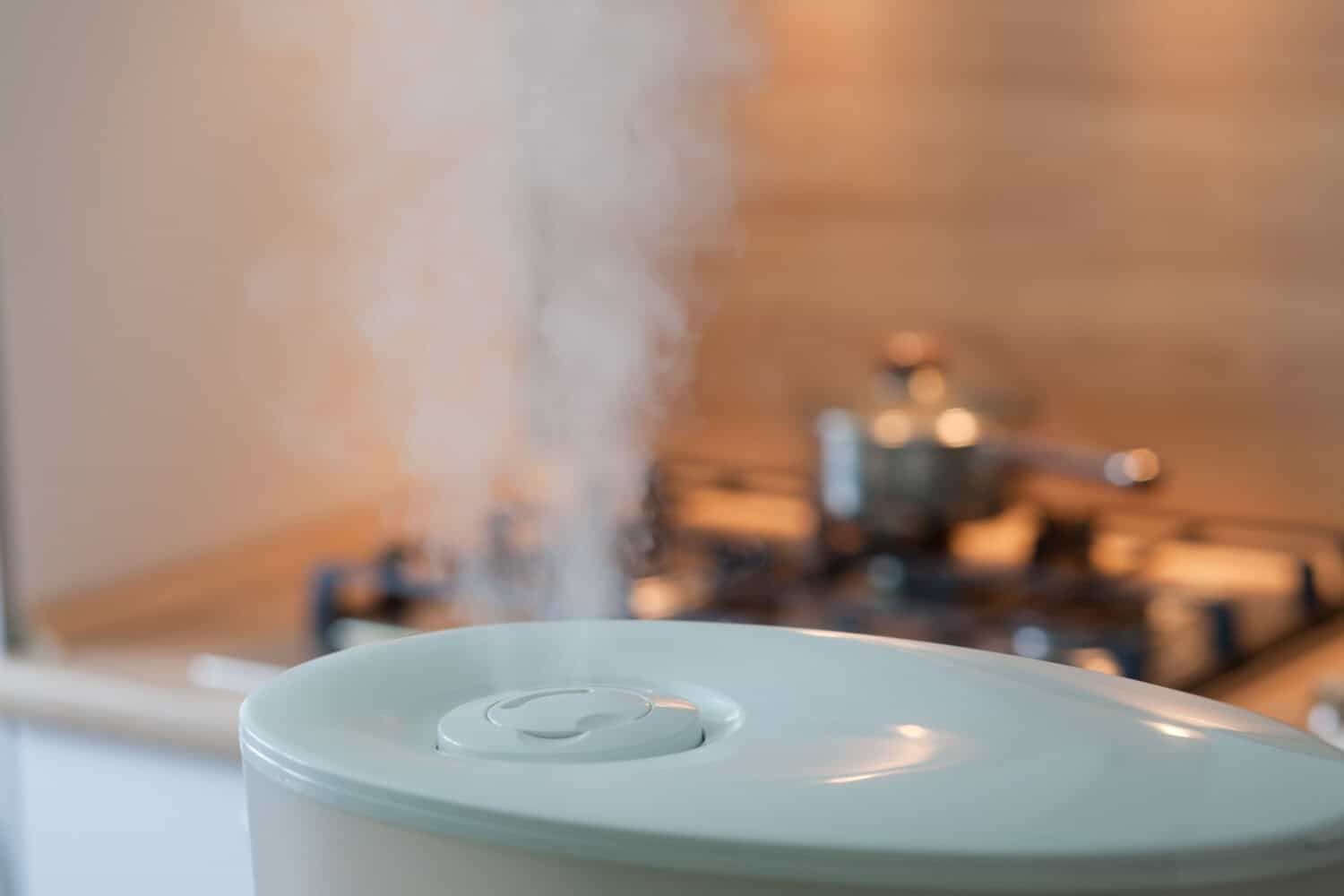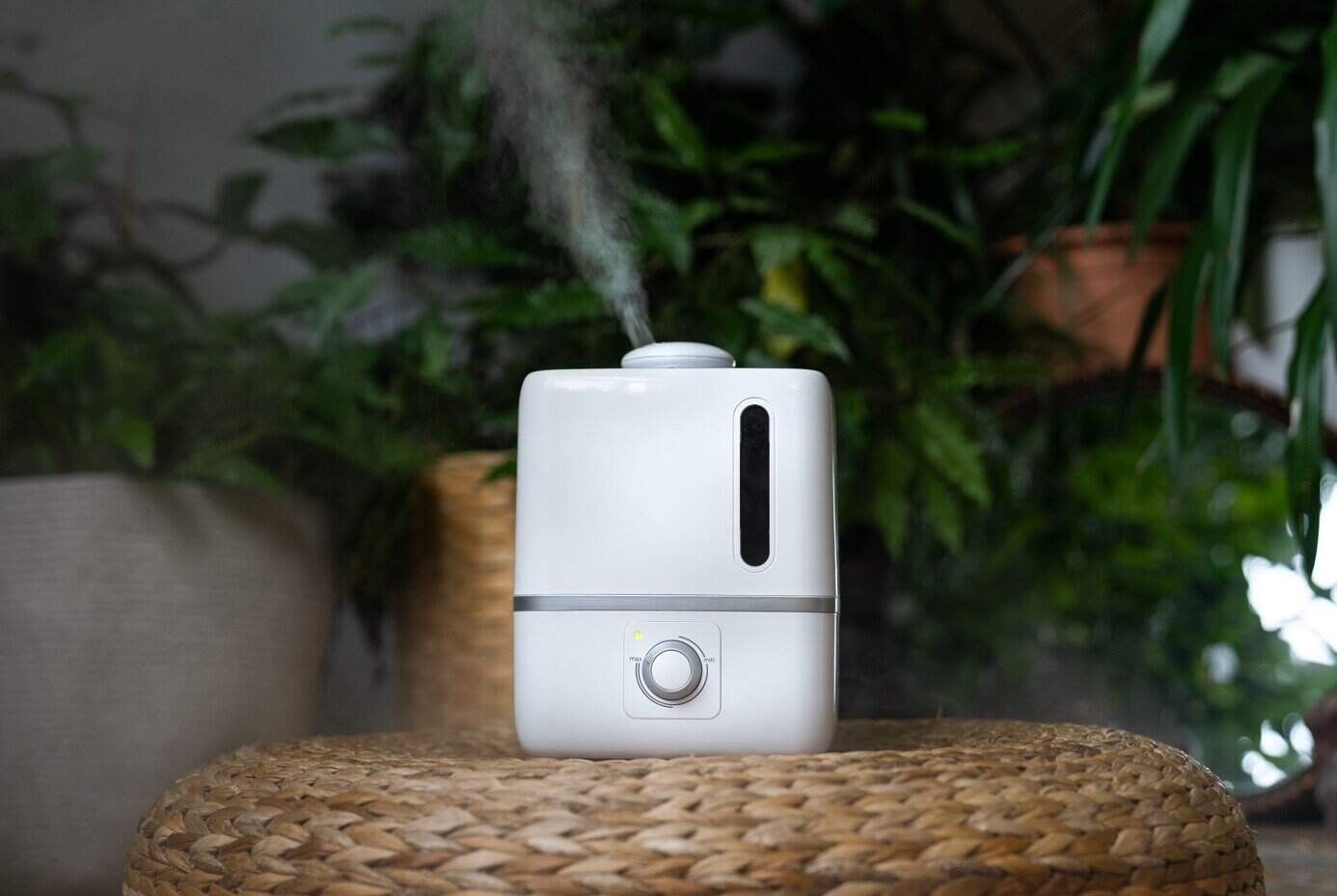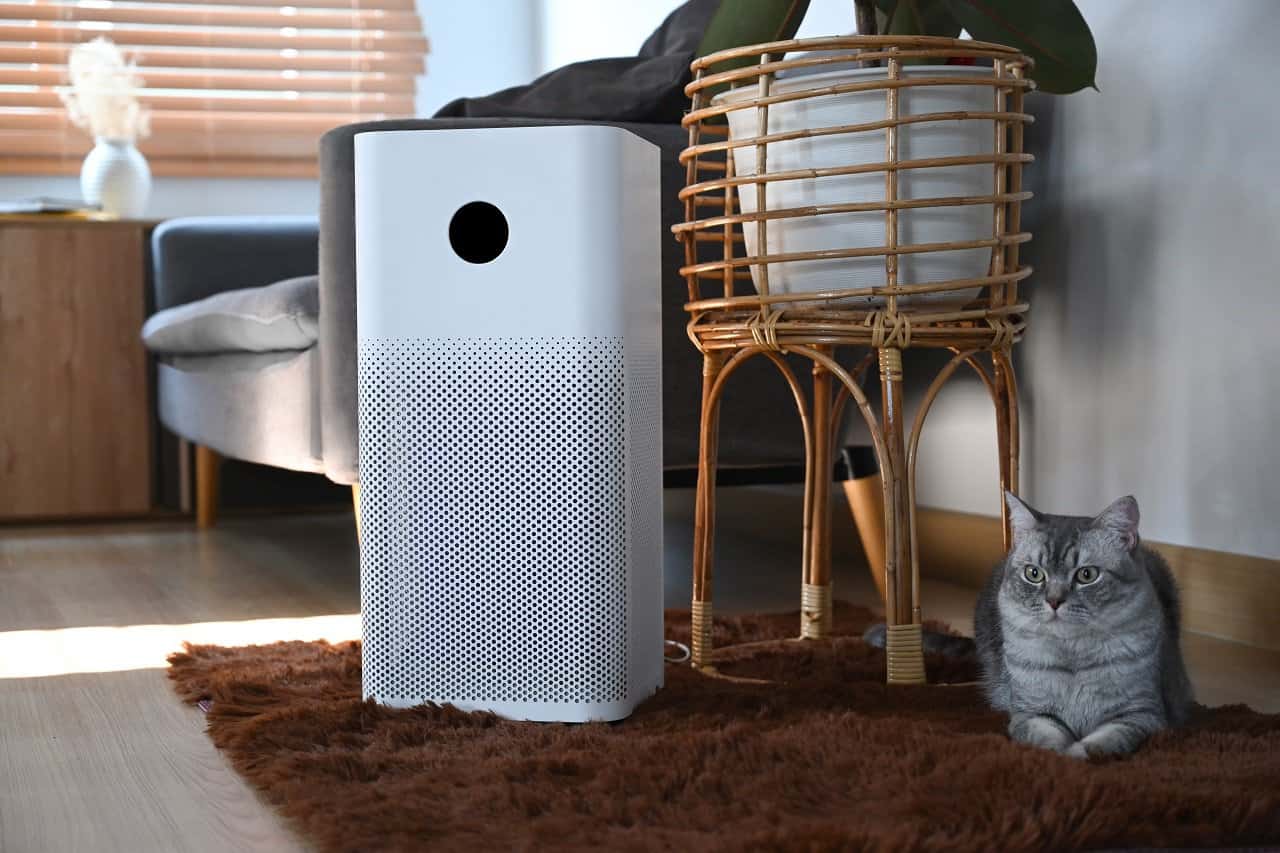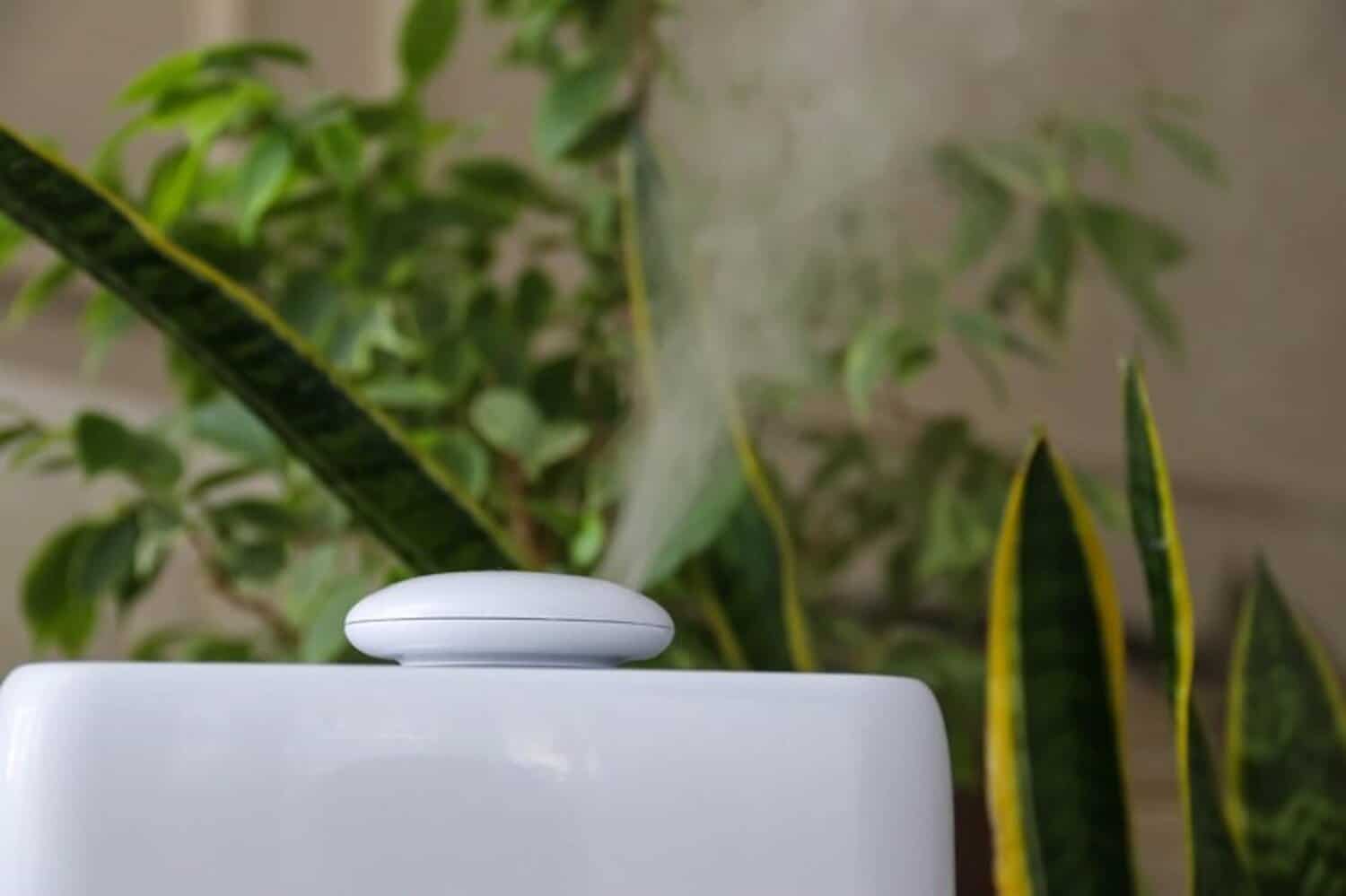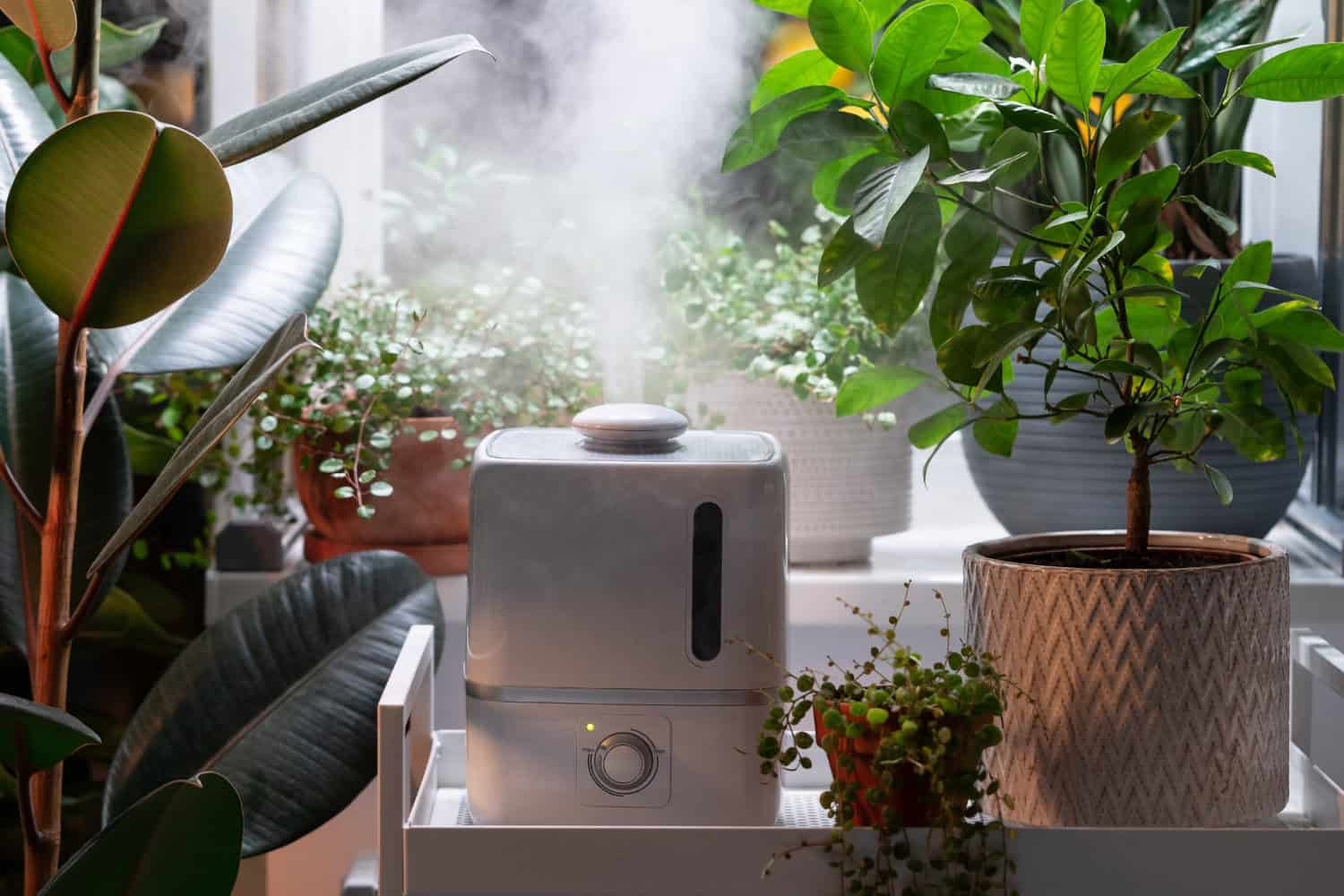As the seasons change in Saratoga Springs, keeping your home’s air comfortable becomes a top priority. The right amount of humidity can make a significant difference in how your home feels. Too much moisture can lead to stuffy air, while too little can cause dry skin and scratchy throats. This is where humidifiers come into play, helping to maintain a balanced atmosphere in your home.
Choosing a humidifier isn’t just about picking the most popular model. It’s about understanding your home’s specific needs and finding a device that fits seamlessly into your lifestyle. With various types and features available, selecting the best option can sometimes feel overwhelming. Let’s break it down and explore the main types of humidifiers and what to consider when choosing one.
Understanding Different Types of Humidifiers
When you’re thinking about humidifiers, it’s helpful to know the main types available so you can pick the best one for your home. Here’s a breakdown of the most common types:
1. Cool Mist Humidifiers
These devices use a fan to evaporate water into the air, releasing a cool mist. They’re great for adding moisture to large areas or rooms and tend to be a favorite in warmer climates. Since they don’t use heat to create the mist, they are energy efficient and safe, especially around kids.
2. Warm Mist Humidifiers
Also known as steam vaporizers, these operate by boiling water to produce steam that cools before it exits the machine. They’re pretty good at reducing bacteria and allergens, making them a good choice if getting rid of germs is a main concern. However, because they use heat, it’s important to be cautious around children.
3. Ultrasonic Humidifiers
These employ ultrasonic vibrations to create a fine mist. They’re known for being exceptionally quiet, which is perfect for bedrooms or offices. Ultrasonic models can come in both cool and warm mist varieties, providing flexibility based on your home’s needs.
4. Evaporative Humidifiers
Working with a wick filter, these units pull air from the room, pass it through a moistened filter, and release it back as a fine mist. They naturally self-regulate, meaning they’ll stop adding moisture to the air when it’s at an optimal level, making them simple to use with little maintenance.
Remember, the best humidifier for your home will largely depend on your specific needs, room sizes, and whether you’re prioritizing things like noise level or energy efficiency. In the next section, we’ll look at some factors to consider as you make your choice.
Factors to Consider When Choosing a Humidifier
When deciding on a humidifier, several key aspects can guide you to the best choice that suits your needs and living space. First, consider the room size and the humidifier’s coverage. A small unit won’t be effective in a large room, while a big unit might be overkill for a tiny bedroom. Make sure the humidifier’s capacity matches the area you want to humidify.
Noise levels can also be an important factor, especially if you’re placing the humidifier in a bedroom or office. Ultrasonic humidifiers, as mentioned, are quieter, and might be preferable if noise is a concern. Maintenance requirements are another aspect to keep in mind. Some units require regular cleaning and filter replacement, while others are more low-maintenance. If you prefer minimal upkeep, look for a model that aligns with your lifestyle.
Budget is a deciding factor for many, and it’s essential to weigh initial costs against potential long-term expenses. Cheaper models might require frequent filter changes or use more electricity, while more expensive ones offer energy savings and less frequent maintenance. Balancing these factors will help you choose a humidifier that’s both effective and economical for your household.
Benefits of Using a Humidifier
Incorporating a humidifier into your home setup can offer numerous advantages. Improved air quality is one of the most significant benefits. Proper humidity levels can help reduce airborne irritants, keeping your home more comfortable and healthier to live in. This is especially beneficial for allergy sufferers or those with respiratory issues.
Humidifiers also help protect household items. Wood furniture, floors, and musical instruments like pianos and guitars benefit from the added moisture, preventing warping and cracking. By maintaining the right humidity, you extend the lifespan of these valuable items.
The overall comfort and wellness of your home environment improve with a good humidifier. It can help soothe dry skin, ease discomfort from colds or allergies, and even make it feel warmer in the winter, which might lead to energy savings, as you might not have to crank up the heat as much.
Tips for Maintaining Your Humidifier
To ensure your humidifier continues to function efficiently, regular maintenance becomes essential. Here are a few simple tips to keep your humidifier in top shape:
1. Routine Cleaning
Regularly clean your humidifier to prevent mold and bacterial buildup. A weekly cleaning schedule works well for most homes.
2. Replacing Filters
Check the manufacturer’s instructions for filter replacement intervals. Keeping filters clean and in good working order helps maintain air quality.
3. Proper Storage
When the humidifier is not in use, store it in a dry place to prevent any damage. Empty any water from the tank and sanitize before packing it away.
By taking care of your humidifier, you not only extend its lifespan but also ensure that your home continues to enjoy the comfort and health benefits it provides.
Ensuring Comfort Year-Round with the Right Humidifier
Choosing the right humidifier is about more than just comfort; it’s about maintaining a healthy living environment. A well-selected and maintained humidifier ensures comfort across all seasons in Saratoga Springs, balancing warmth in the winter and coolness in the summer. When your home’s air feels just right, it makes everyday living a tad bit more pleasant.
In Saratoga Springs, where the weather can be quite varied, a reliable humidifier can be an invaluable asset. By understanding your needs and what’s available, you’re set to make an informed choice that enhances the quality of life in your home. This balance in your indoor climate not only improves health and comfort but also preserves the integrity of your home and belongings.
For those looking to maintain the perfect balance of humidity in their home, having the right humidifier is crucial. If you want to explore various options and find the best fit for your needs, check out the available humidifiers offered by My Jockey. They can help make your home in Saratoga Springs more comfortable all year round by ensuring your indoor climate is just right.


